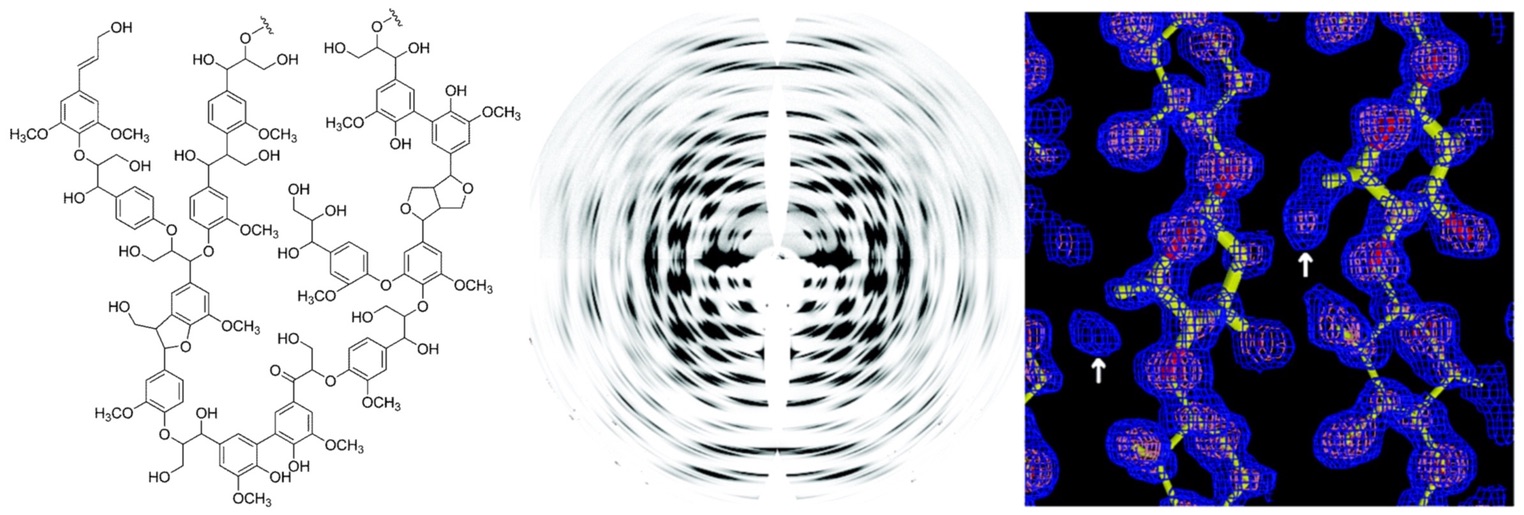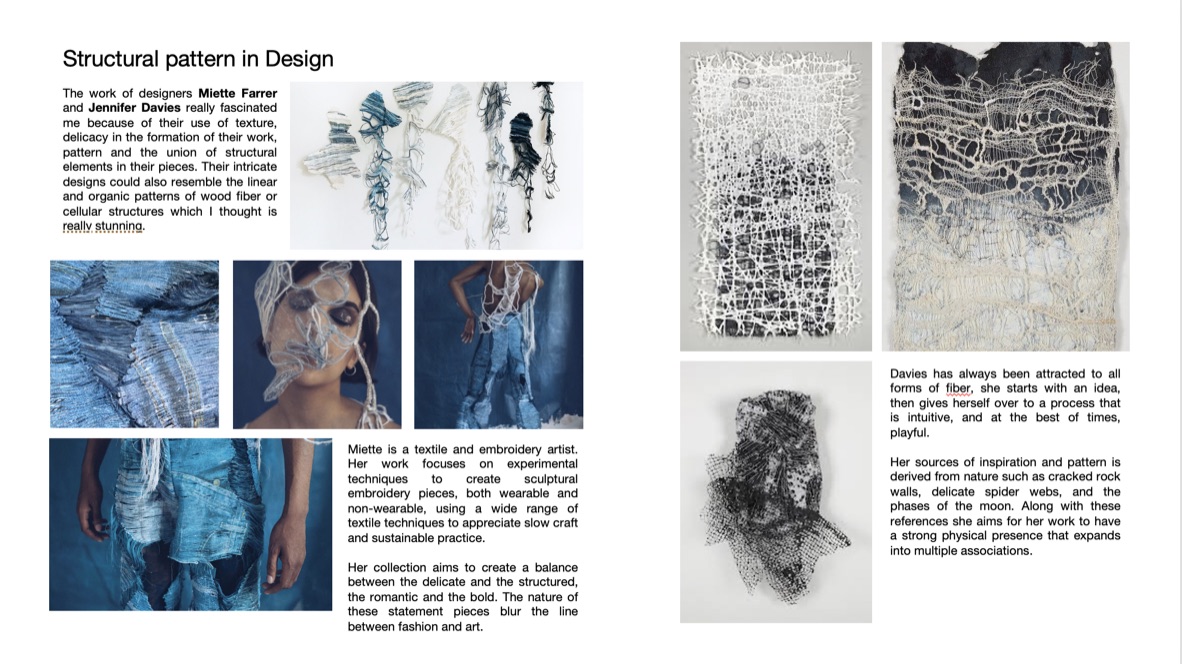
Research Board
Smith and Nephew
Smith and Nephew are a leading portfolio medical company that exists to restore people’s bodies and their self-belief. Their advanced wound management portfolio provides products that meet broad and complex clinical needs which include plasters, ointments, wound dressings and more.
While studying some of their products, I came across Zinc oxide paste bandages. Paste bandages for eczema are impregnated with a paste containing zinc oxide and can contain ichthammol as well. These are soothing and cooling ingredients that help to relieve irritation. There are several types available such as Viscopaste and Ichthopaste, including Zipzoc, which is more like a stocking than a bandage. These bandages can be worn around the legs, feet, hands and as sleeves for the arms.
For this project, I want to focus on designing a cover for paste bandages and wet wraps used to sooth eczema. My main target age group for this new product is young children. Children part take in various school activities that may aggravate their eczema. Sports that may cause sweating, friction, and the spread of dirt or mud, dust mites and fibres from carpets and other surfaces in the classroom, hand soaps in school bathrooms and added school stress.
Studies have shown that 1 in 5 children experience bullying in school in relation to eczema and more than 75% of parents have reported that their children who have been bullied due to their eczema have experienced lower self esteem as a result. While schools must adapt more strategies to raise awareness on diseases to educate the young, I want to create a playful, child-friendly covering that will boost the users’ confidence and be practical for school related activates.
Textiles and Eczema
Human skin is in close contact with textiles most of the time. What is the best fabric for soothing eczema?
Synthetic fabrics such as polyester, rayon, nylon, spandex, or rubber can agitate the skin. they do not breathe as well as natural fibers, and cause you to sweat more. Dyes and chemicals used in clothes can aggravate eczema as well. Resins used to make garments wrinkle-free or dirt-repellent can also cause problems.
Experts generally recommend looking for clothing made from natural fibres such as cotton or silk however, this may not work in every case. Along side cotton and silk, bamboo and lyocell have also proven to be affective in soothing eczema. Through thorough research and viewing case studies, I have chosen to use lyocell for the material of my covering.
Cellulose as my structural pattern design
Through learning about which textile materials are best for people with eczema, which to avoid and why, I came across the word ‘cellulose’ on numerous occasions. I was really interested in discovering what cellulose is, how it is used in textiles, its structural make up and how it can be processed into different fabrics. In keeping with the project theme “structured patterns” I want to incorporate designs inspired by cellulose structures into my work as something that fascinates me and because of its relevance to my research so far.

Looking at the chemical structure of cellulose.
It is actually very interesting to see the cell and fibre structures in wood. While studying the chemical make up of cellulose found in wood, I wanted to look into the anatomy of these formations as well and use these for design inspiration.

Microscopic images showing the anatomy of wood from a birch and beech tree. The cellulose fibres from the wood of these types of trees along with eucalyptus and spruce are used for the production of lyocell.

Looking at structural pattern in design
Colour and Tactility
As I want to create a cover design mainly for children with eczema I must take my pattern, colour palette and texture into consideration.
I want to create a subtle design, one that does not attract too much attention as it will be a slipcover that will be visible under clothing or possibly a school uniform, but at the same time I wish to create a playful, cheery pattern inspired by cellulose formations due to the soft, organic shapes and structures shown through microscopic images. As stress and anxiety are one of the several triggers for eczema, I want to use a combination of calming, muted tones of blue and a deep purple or perhaps a peachy orange as these colours can be associated with relieving stress, are playful, young and are gender neutral. Tactility can also play an important role in stress relief as tactile stimulation triggers oxytocin, known as the love hormone which helps in reducing anxiety and stress. The outer feel of my covering could be a soft, fuzzy and calming texture to sooth stress or perhaps have a very lumpy, textured surface so the touch would distract the user from their stressful thoughts.

Looking at Tactility and Colour for stress relief
These are ideas I am still working on however; I would love to experiment with a bit of everything just to explore different design challenges and produce different outcomes for my piece to conclude which designs are most efficient.
(These images were taken from Pinterest https://www.pinterest.co.uk/contilab/microscopy/)
(Images taken off the internet)



nadamson
This is a great start and you have researched the theme well. You have an interesting idea for your structured patterns and love that you have started to look at the tactility and colour for stress as an added factor, this is really interesting can you go further with this. Your work is presented in a very clear and concise way that is very easy to read through and very professionally presented, great start.